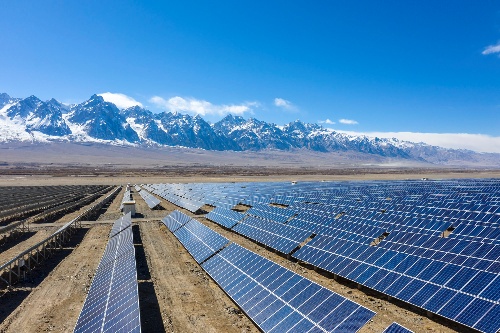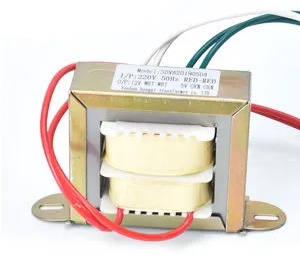Electronic Components Supplier | Transformers, Inductors, Inverters
Introduction
The global shift toward renewable energy has made solar power one of the most sought-after solutions for sustainable electricity generation. At the core of every solar energy system lies the photovoltaic inverter—a critical component that converts direct current (DC) from solar panels into usable alternating current (AC). As solar technology advances, inverters are becoming smarter, more efficient, and essential for maximizing energy output.
This article explores the role of photovoltaic inverters, the latest trends, and how choosing the right inverter can optimize your solar power system for better performance and return on investment (ROI).

What Is a Photovoltaic Inverter?
A photovoltaic inverter (or solar inverter) is an electronic device that transforms the DC electricity generated by solar panels into AC electricity, which powers homes, businesses, and the grid. Without an inverter, solar energy cannot be used by standard electrical appliances.
Types of Photovoltaic Inverters
- String Inverters – The most common type, connecting multiple solar panels in a series (string). Cost-effective but less efficient if some panels are shaded.
- Microinverters – Attached to individual solar panels, offering higher efficiency and better performance in shaded conditions.
- Hybrid Inverters – Combine solar and battery storage, allowing energy storage for later use.
- Central Inverters – Used in large-scale solar farms, handling high power outputs.
Latest Trends in Photovoltaic Inverter Technology
The solar industry is evolving rapidly, with inverters becoming more advanced. Key trends include:
1. Smart Inverters with Grid Support
Modern inverters now feature smart grid compatibility, enabling two-way communication with utility providers. They help stabilize the grid by adjusting voltage and frequency, making them essential for large-scale solar integration.
2. AI and IoT Integration
Artificial intelligence (AI) and the Internet of Things (IoT) are revolutionizing inverter functionality. AI-driven inverters optimize energy production by predicting weather patterns and adjusting performance accordingly.
3. Increased Efficiency (Up to 99%)
Newer models boast efficiencies nearing 99%, minimizing energy loss during conversion. High-efficiency inverters ensure maximum power output from solar panels.
4. Battery-Ready Hybrid Systems
With the rise of home energy storage, hybrid inverters are gaining popularity. They seamlessly integrate with solar batteries (like Tesla Powerwall), allowing users to store excess energy for nighttime or grid outages.
Why Choosing the Right Photovoltaic Inverter Matters
Selecting the best inverter for your solar setup impacts:
- Energy Efficiency – Higher efficiency means more usable electricity.
- System Longevity – Quality inverters extend the lifespan of solar panels.
- Cost Savings – Smart inverters reduce electricity bills through optimal energy management.
- Scalability – Future-proof systems allow easy expansion with additional panels or batteries.

How to Optimize Your Solar System with the Best Inverter
To maximize your solar investment:
- Assess Your Energy Needs – Determine whether a string, micro, or hybrid inverter suits your setup.
- Check Efficiency Ratings – Look for inverters with ≥97% efficiency.
- Consider Smart Features – AI-driven optimization and remote monitoring enhance performance.
- Future-Proof with Hybrid Options – If planning battery storage later, choose a compatible inverter.
Conclusion
The photovoltaic inverter is the backbone of any solar power system, dictating efficiency, reliability, and smart energy management. With advancements like AI integration, hybrid capabilities, and ultra-high efficiency, modern inverters are transforming how we harness solar energy.
Investing in the right inverter ensures long-term savings, sustainability, and energy independence. As solar technology progresses, staying updated on inverter innovations will help homeowners and businesses make informed decisions.







